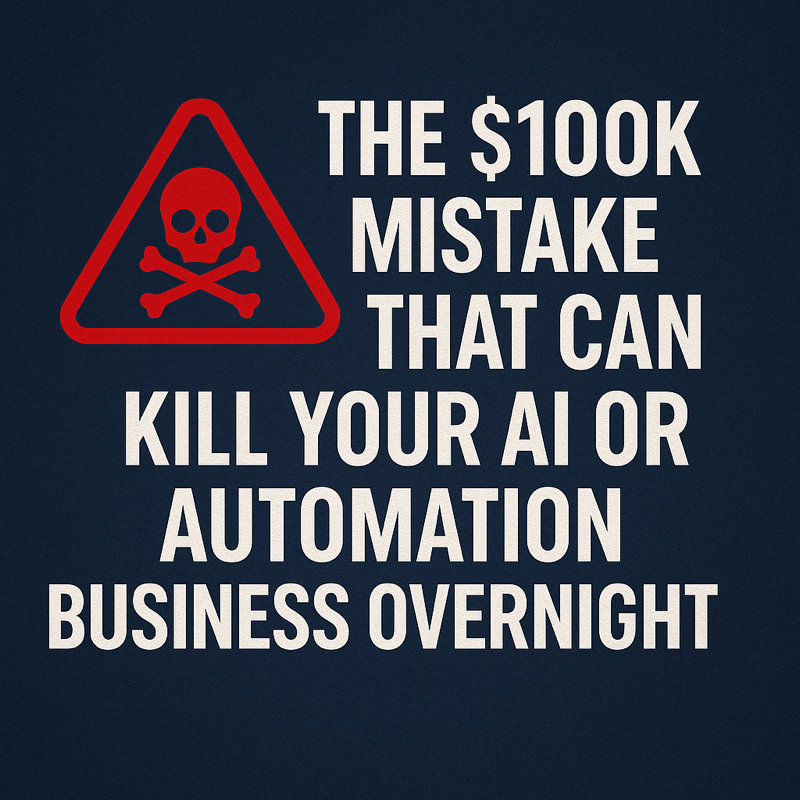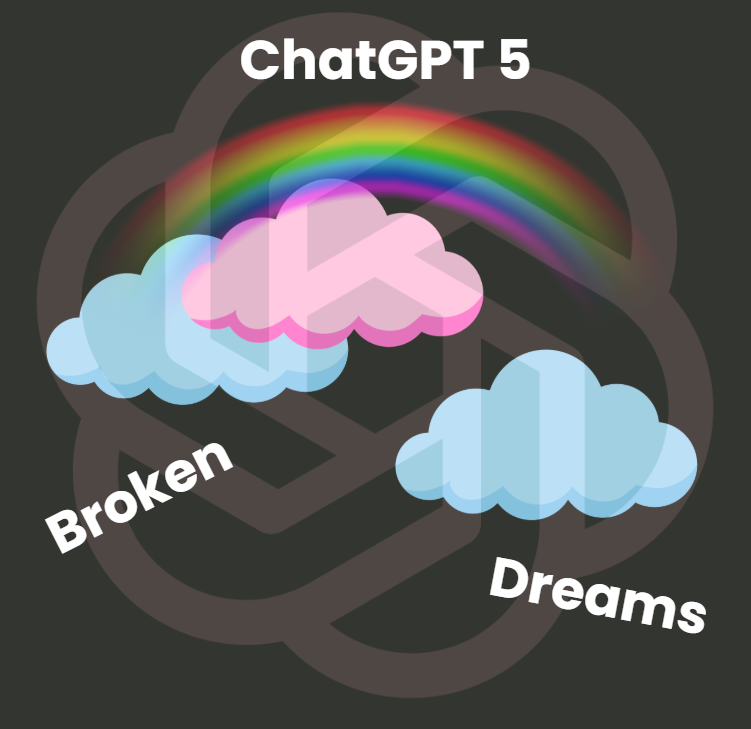
Why I always grab the slightly bruised 4.7-star apple, and what Google’s new ad-flavored answers mean for the rest of us.
So Google found another place to stick an ad-shocker.
The search giant just turned its new AI Overviews into tiny billboards. Now, when you ask a question, you get a neat little paragraph... with a commercial baked right in. Because apparently the blue links weren’t crowded enough.
Click-through rates were already falling off a cliff; this should finish the job nicely. But hey, somebody’s quarterly targets will smile.
Let’s not pretend we were sipping organic juice before.
“Organic” results have been pay-to-play forever: first SEO stuff-a-keyword-in-every-sentence tricks, then influencer spawn camps, now robo-paragraphs. Same hustle, fancier label.
My rule: trust the 4.7, never the perfect five
A flawless 5-star rating? Too glossy, like it got dipped in algorithmic wax. A 4.7 tells me at least one real human complained about shipping or the avocado color. Imperfection equals proof of life.
Ads inside AI answers just crank up the same old game. Your job: spot the wax before you bite.
Good news: creatives are back in the driver’s seat
If every summary tastes like a sponsored smoothie, the only way to stand out is to serve something machines can’t fake-messy, sharp, unmistakably human. Great hooks, weird angles, real voice. Bruises welcome.
Three questions to chew on:
- Upgrade or Trojan horse? Is ad-peppered AI useful, or just another pop-up wearing a tux?
- Will people learn to spot the bruise? Or keep chomping whatever glistens?
- Can brands resist over-polishing? Or will we drown in waxy plastic fruit?
Choose your apple wisely, and maybe grow something odd enough that the algorithm can’t clone it.











